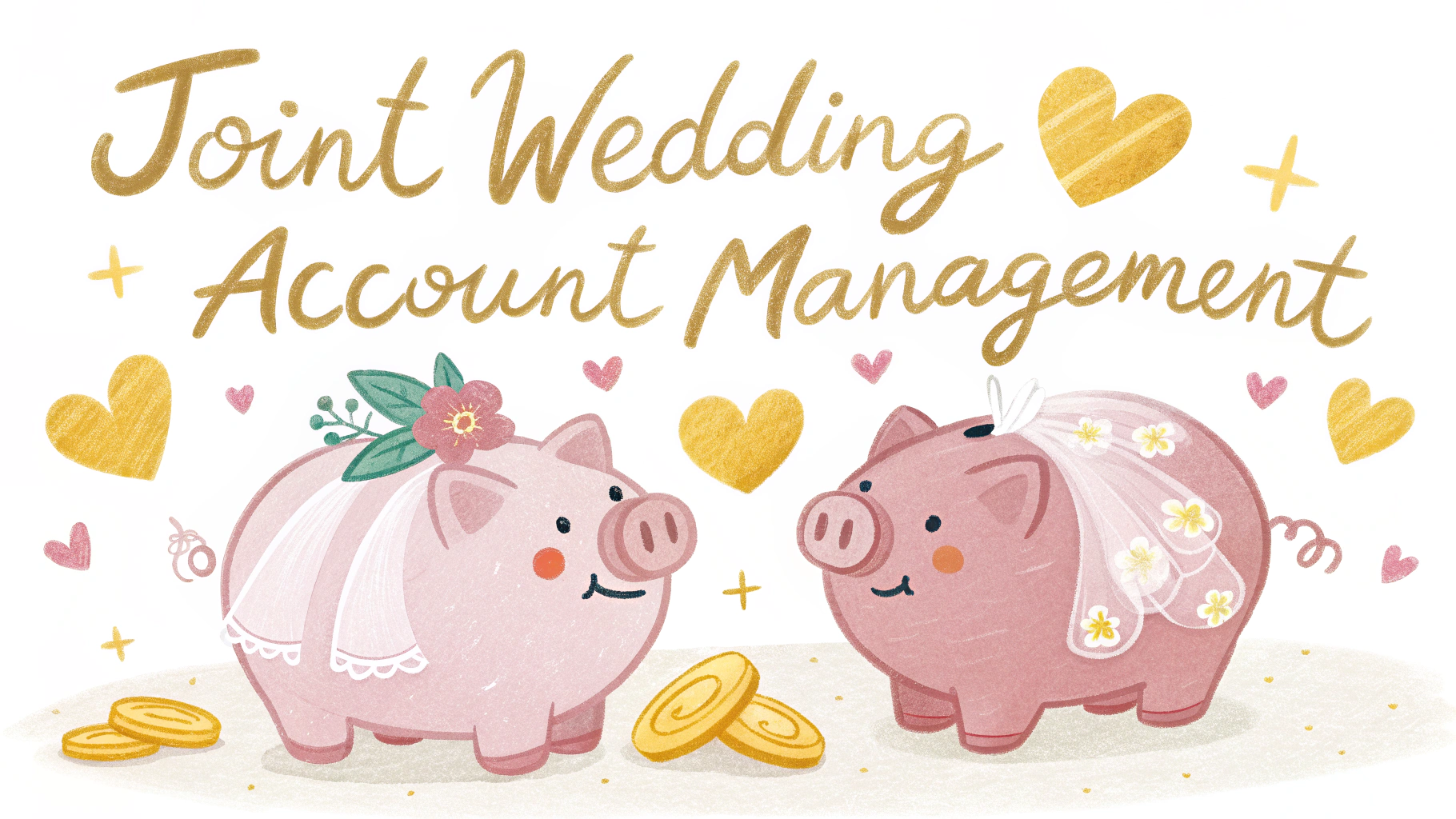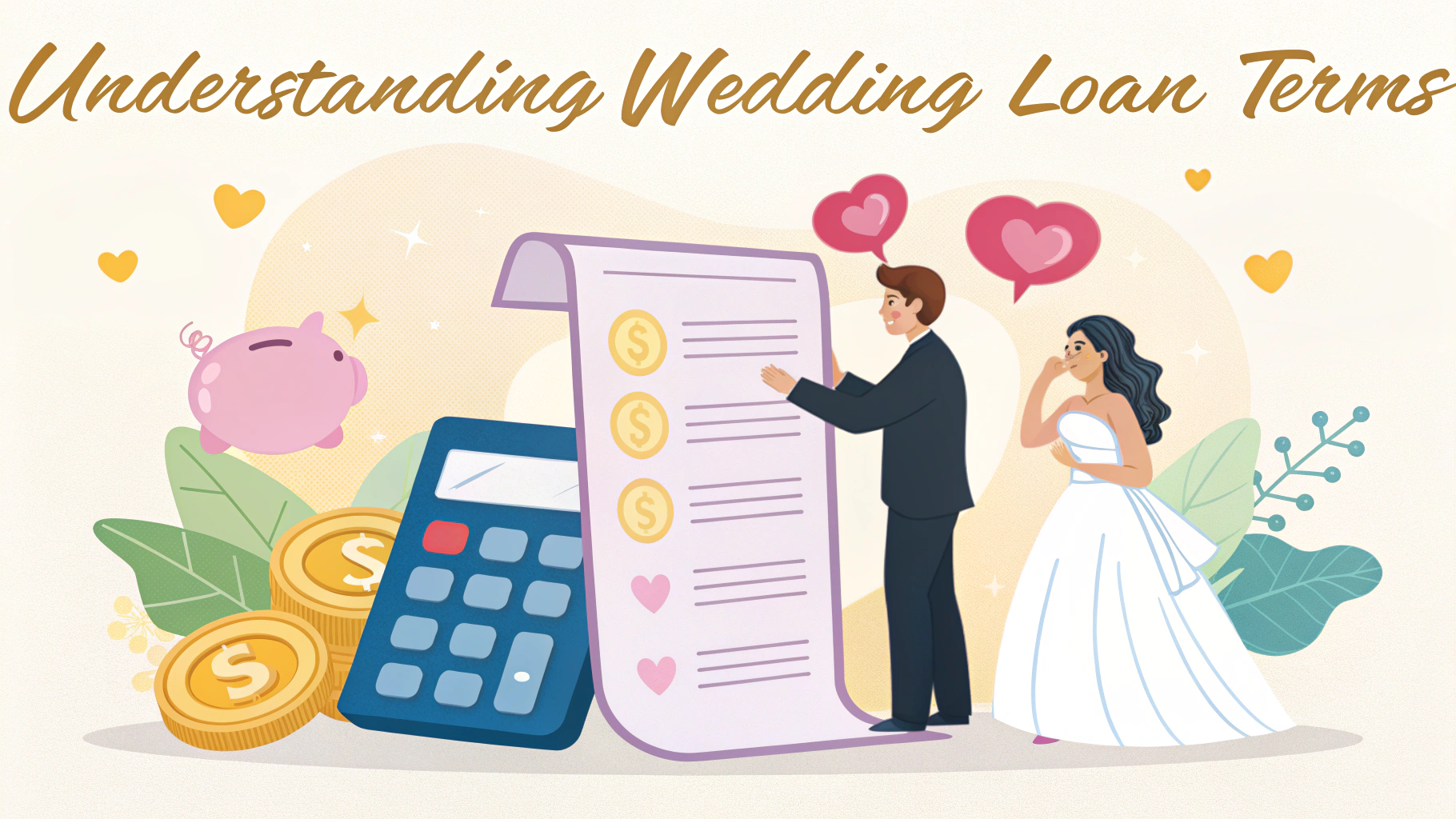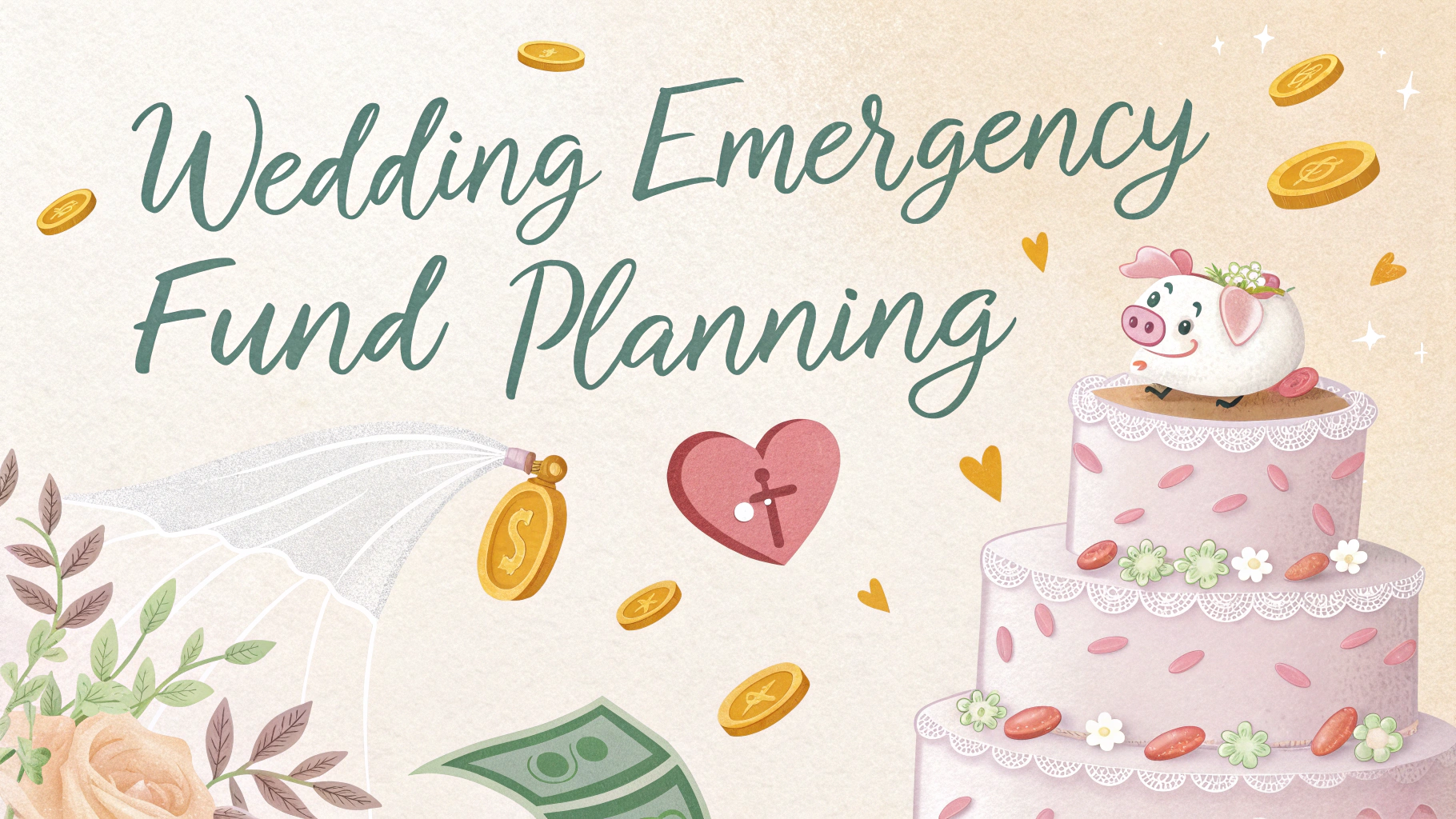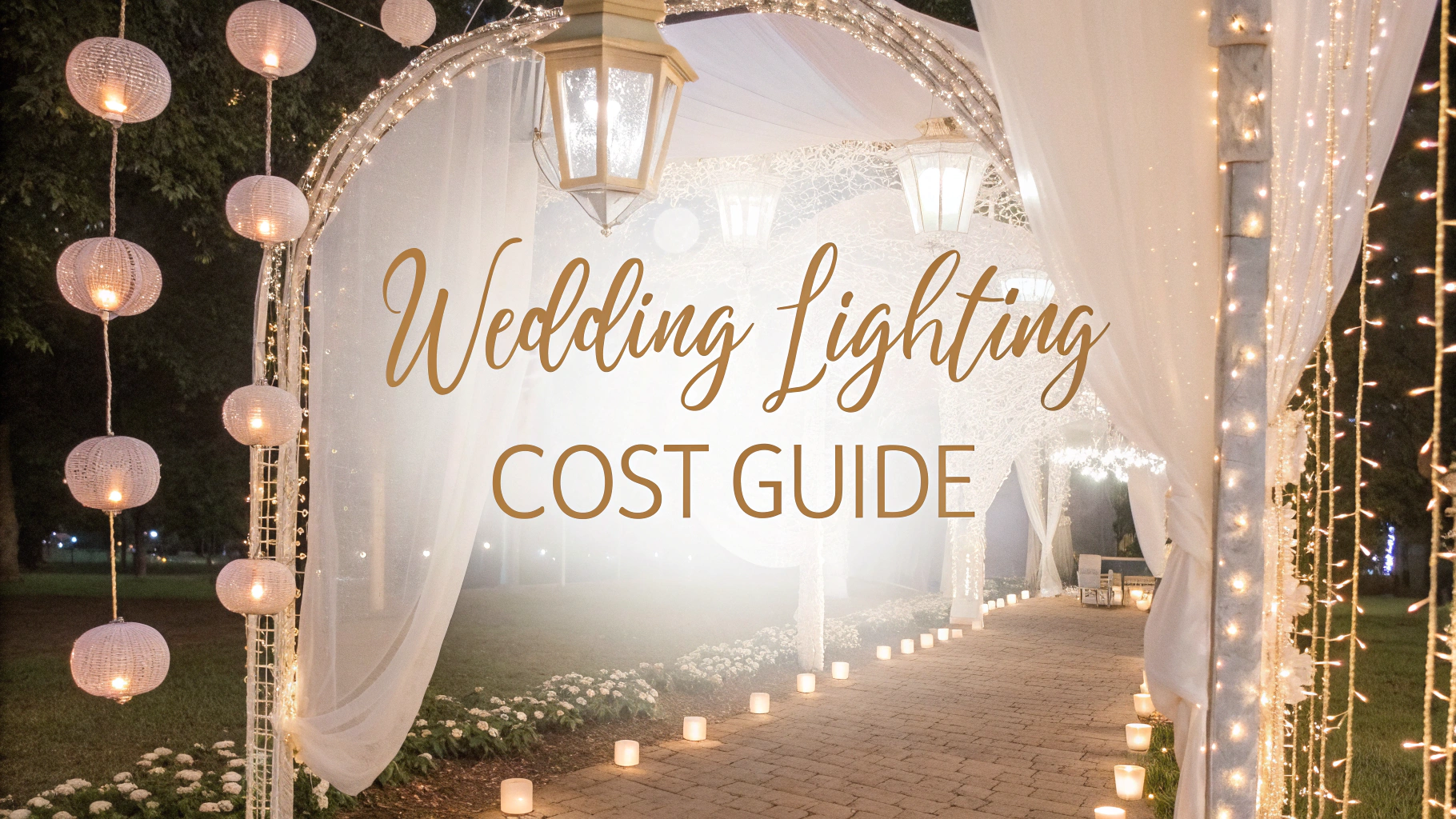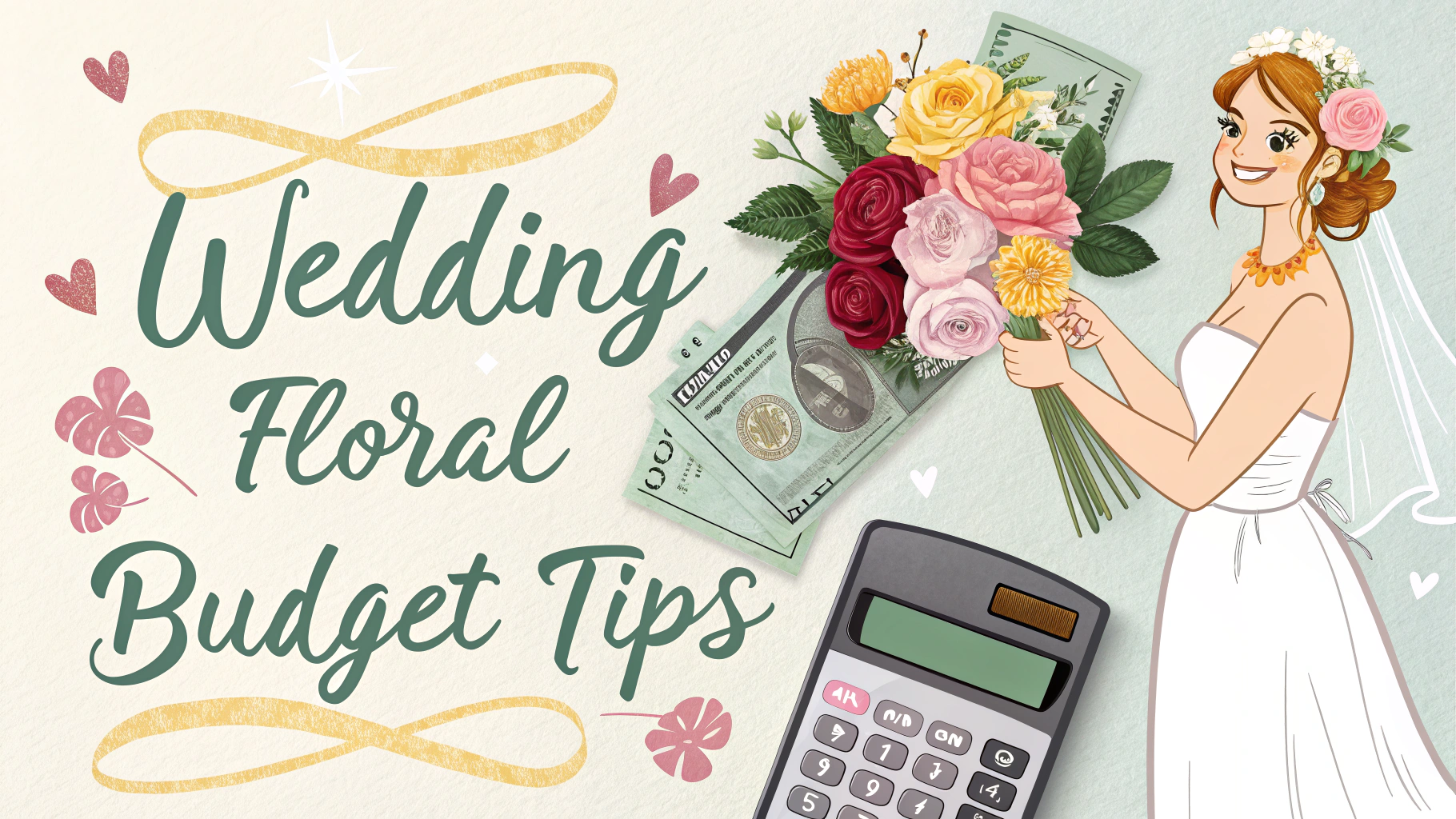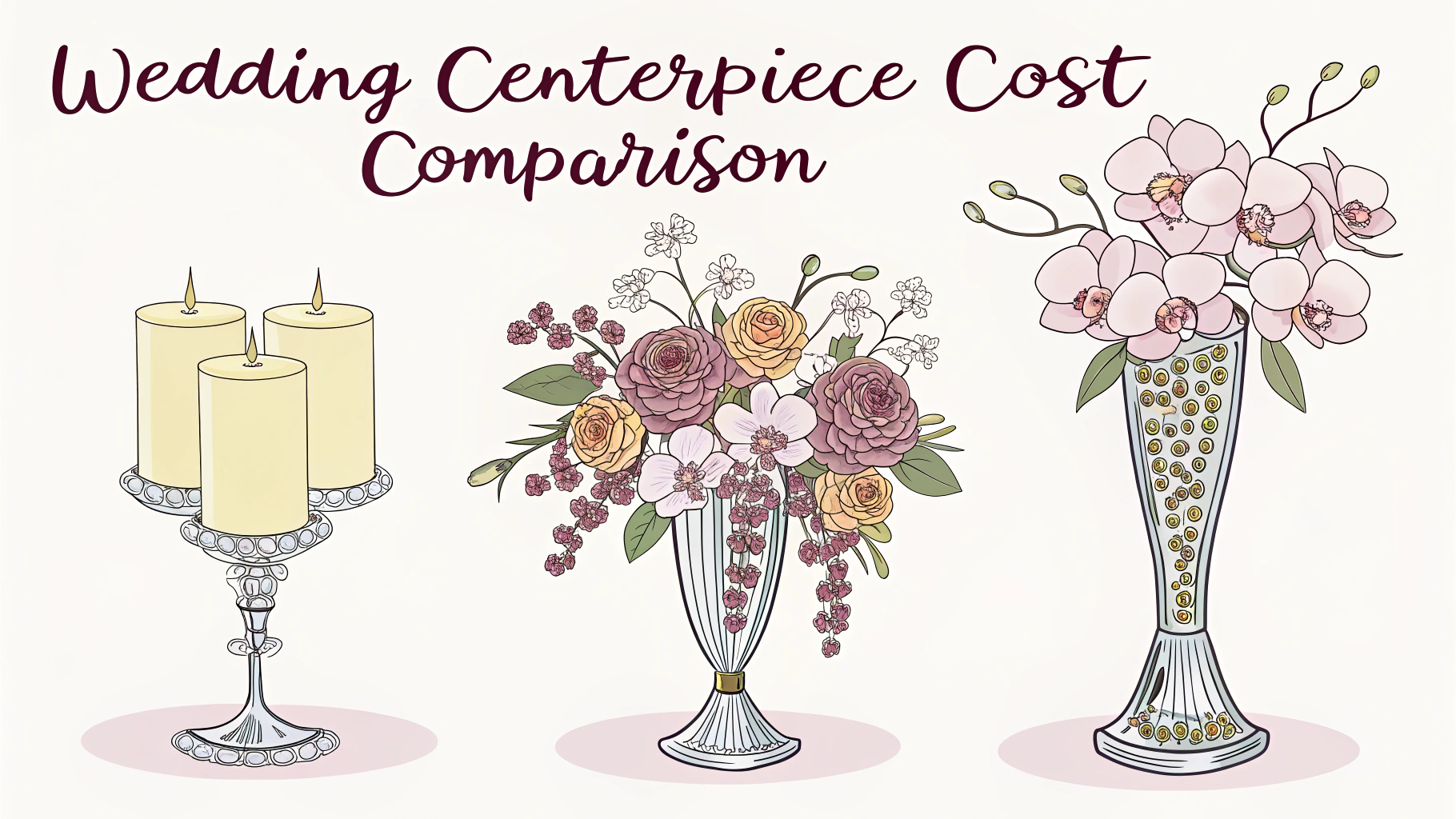Wedding budget templates help couples track expenses, allocate funds wisely, and stay within their financial limits while planning their special day.
Essential Wedding Budget Categories
- Venue & Catering (40-50% of budget)
- Photography & Videography (10-12%)
- Attire & Accessories (8-10%)
- Flowers & Decorations (8-10%)
- Entertainment (5-10%)
- Wedding Rings (2-3%)
- Transportation (2-3%)
- Wedding Planner (if applicable) (10-15%)
Free Wedding Budget Template Resources
- The Knot Budget Calculator – Customizable spreadsheet with built-in formulas
- WeddingWire Budget Tool – Mobile-friendly tracking system
- Google Sheets Wedding Templates – Search “wedding budget template” in Google Sheets
- Microsoft Excel Templates – Available in Microsoft Office Template library
Money-Saving Tips
Consider an off-season wedding date (November-April) to save up to 30% on venue costs.
Book vendors early to lock in current prices and avoid last-minute premium charges.
Choose a Friday or Sunday wedding to reduce venue and catering costs by 20-30%.
Create a separate wedding email address to track correspondence and collect vendor quotes.
Budget Tracking Best Practices
- Set your total budget before making any commitments
- Add a 10% buffer for unexpected expenses
- Track all deposits and payment due dates
- Keep receipts digitally using apps like Google Drive
- Review spending weekly with your partner
Hidden Costs to Include
- Marriage license fees ($25-150)
- Vendor meals ($30-80 per person)
- Overtime fees for venue and vendors
- Alterations ($150-700)
- Hair and makeup trials ($50-150)
- Tips for vendors ($20-500 per vendor)
| Budget Size | Guest Count | Average Cost Per Guest |
|---|---|---|
| Small ($10,000-20,000) | 50-75 | $100-150 |
| Medium ($20,000-30,000) | 75-150 | $150-200 |
| Large ($30,000+) | 150+ | $200-300+ |
Download and customize these templates at the beginning of your planning process to maintain financial control throughout your wedding journey.
Planning Timeline Checkpoints
12+ Months Before
- Create master budget spreadsheet
- Research average costs in your area
- Book major vendors (venue, photographer)
- Set up dedicated wedding savings account
6-12 Months Before
- Book remaining vendors
- Track deposits and payment schedules
- Order wedding attire
- Review budget quarterly
Emergency Fund Allocation
Set aside 10-15% of total budget for unexpected costs such as:
- Weather backup plans
- Last-minute guest list changes
- Shipping or rush fees
- Vendor cancellations
Digital Payment Management
- Use wedding planning apps for payment tracking
- Set up automatic payment reminders
- Keep digital copies of all contracts
- Document all vendor communications
Conclusion
Successful wedding budget management requires careful planning, regular monitoring, and clear communication between couples and vendors. Using wedding budget templates helps maintain organization and reduces financial stress throughout the planning process. Remember to regularly review and adjust the budget as needed, while maintaining the emergency fund for unexpected expenses.
Start with a realistic budget based on your financial situation and stick to it by tracking expenses consistently. Utilize digital tools and templates to streamline the process and ensure no costs are overlooked. With proper planning and disciplined spending, couples can create their dream wedding while maintaining financial responsibility.
FAQs
- What percentage of my total wedding budget should I allocate to each major category?
Typically, allocate 45-50% for venue and catering, 10-12% for attire, 8-10% for photography/videography, 8-10% for flowers and décor, 5-7% for music/entertainment, 2-3% for invitations, 2-3% for wedding rings, 2-3% for transportation, and 8-10% for miscellaneous expenses and emergency buffer. - How can I cut costs on my wedding venue without sacrificing quality?
Consider off-peak season dates, non-Saturday weddings, morning or early afternoon ceremonies, all-inclusive venues, public spaces like parks or gardens, or non-traditional venues like restaurants or art galleries. - What are the most effective ways to track wedding expenses?
Use dedicated wedding planning apps, spreadsheet templates, separate wedding bank account, expense tracking software, keep all receipts, and maintain a detailed payment schedule for vendors. - How much should I budget for unexpected wedding expenses?
Set aside 5-10% of your total budget for unexpected costs like weather backup plans, vendor overtime fees, dress alterations, or last-minute guest count changes. - What are the hidden costs that most couples forget to include in their wedding budget?
Often overlooked costs include marriage license fees, vendor meals, overtime charges, dress alterations, hair and makeup trials, gratuities, welcome bags, postage for invitations, and dress preservation. - When should I start creating my wedding budget?
Begin planning your budget immediately after engagement, ideally 12-16 months before the wedding date, to allow time for research, savings, and securing vendor deposits. - How can I save money on wedding flowers and decorations?
Choose in-season flowers, use fewer flowers in bouquets, repurpose ceremony flowers for reception, opt for centerpiece alternatives, incorporate more greenery, and consider DIY elements. - What are the best methods for negotiating with wedding vendors?
Book during off-season, ask for package customization, request price matching, bundle services, offer to pay in full upfront for discounts, and always get multiple quotes. - Should I use a credit card to pay for wedding expenses?
Using a credit card can be beneficial if you can pay the balance in full, earn rewards points, and receive purchase protection, but avoid accumulating high-interest debt. - What’s the best way to handle wedding guest list to stay within budget?
Calculate per-person costs first, establish firm guest count limits, create A and B lists, limit plus-ones, consider adult-only reception, and be consistent with invitation criteria for family and friends.

